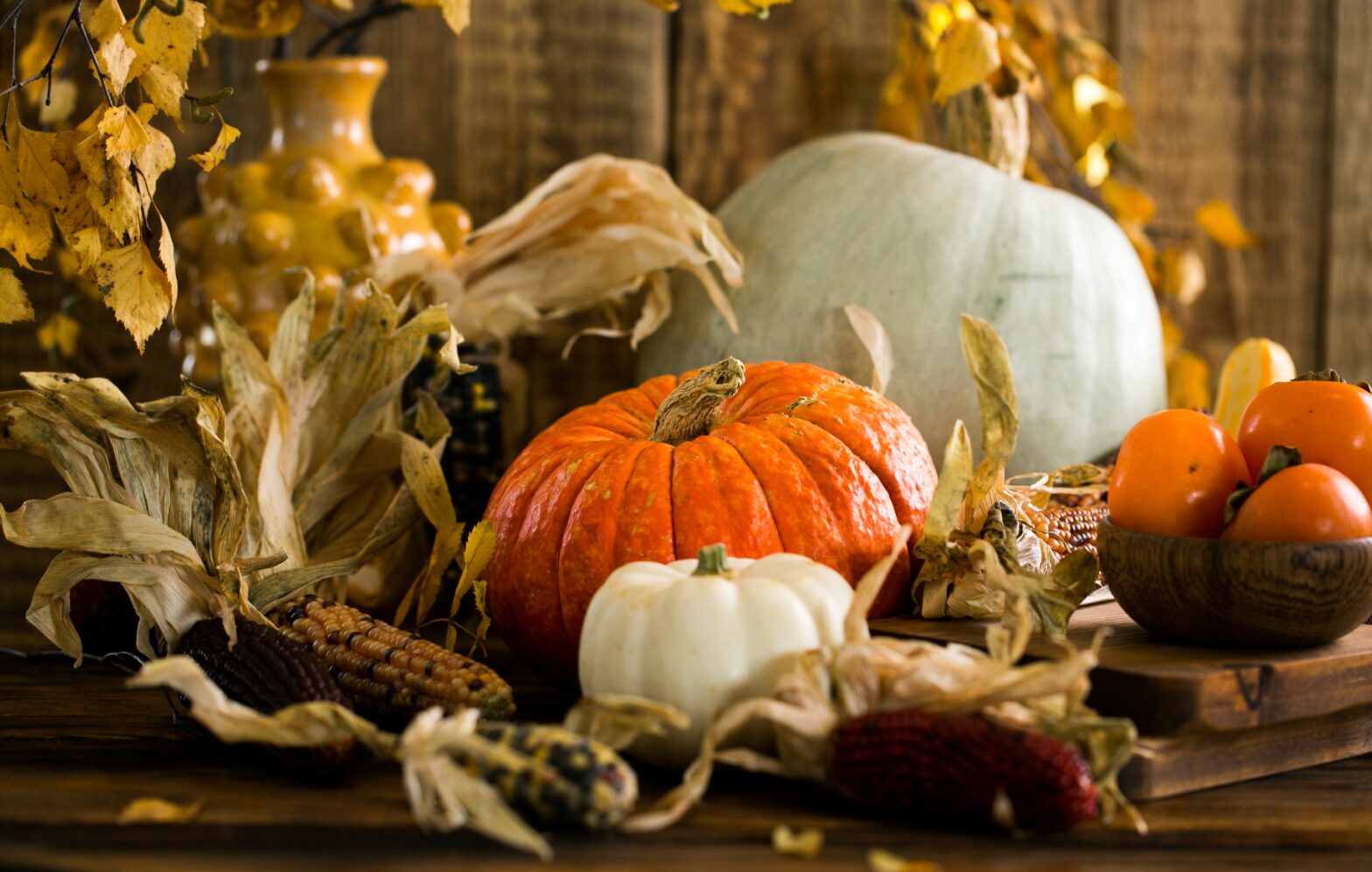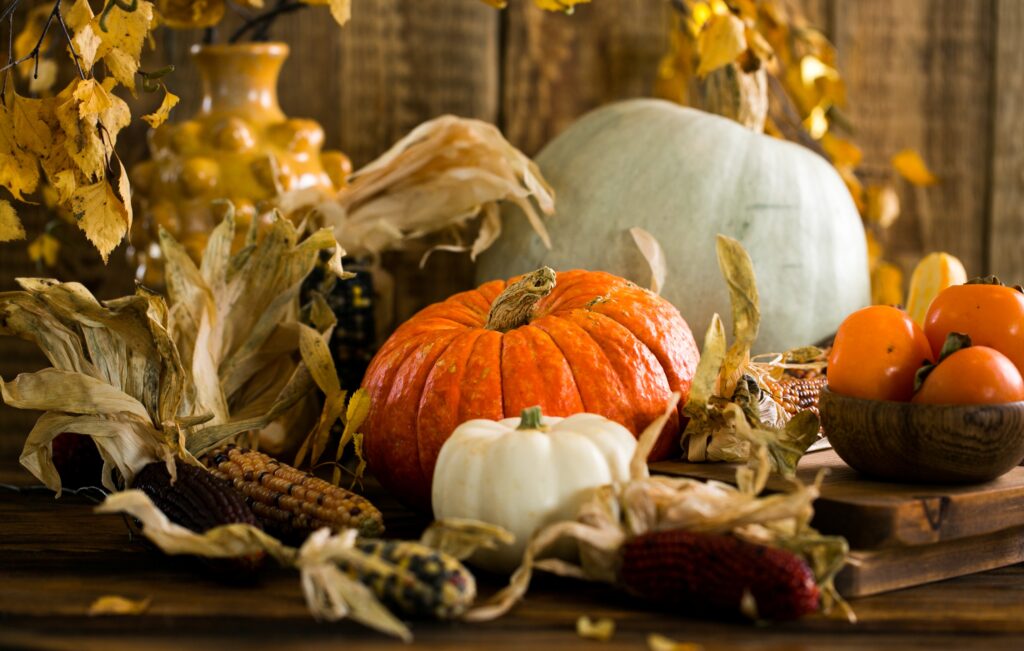
If you’re a proud homeowner in Dallas and have a green thumb itching to grow your own vegetables, squash is an excellent choice. Squash is not only a versatile and nutritious addition to your meals but also relatively easy to grow in the Dallas climate. In this comprehensive guide, we’ll walk you through everything you need to know about how to grow squash in Dallas, from choosing the right varieties to harvesting and storing your bountiful harvest. Also, did you know that fall is the best time to sell your home? And we can sell your home for cash!
The best types of squash for your home garden
Before you start planting, the first step in learning how to grow squash is to understand the different types of squash available and which ones are best suited for your garden. There are two main categories of squash: summer squash and winter squash.
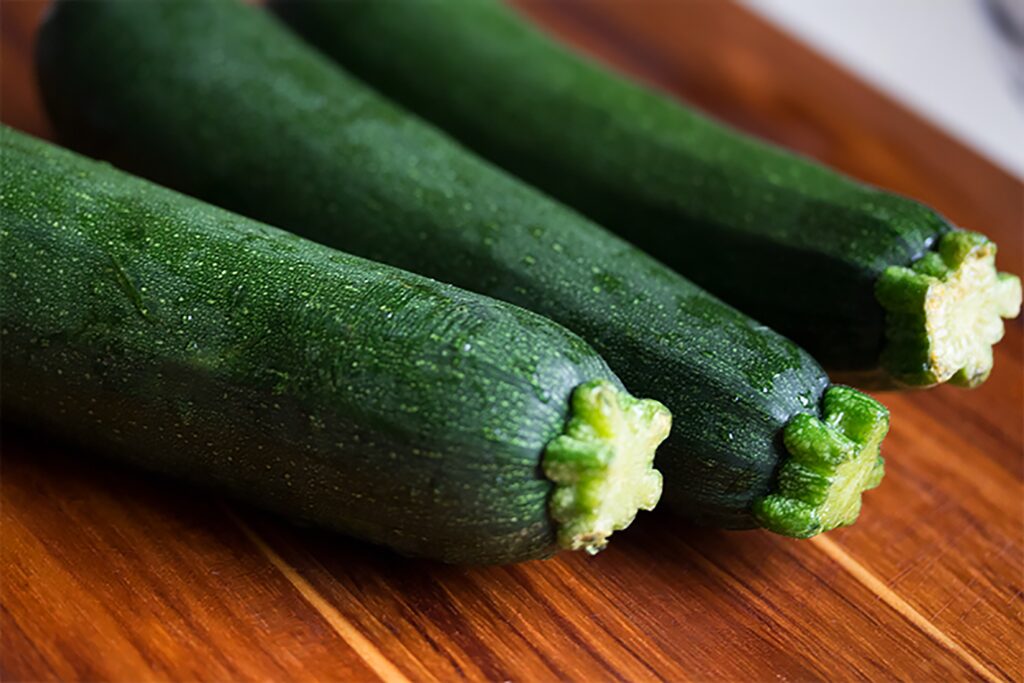
Summer squash: These are typically harvested when they are still young and tender. Popular varieties of summer squash include:
- Zucchini: Known for its mild flavor and versatility in cooking.
- Yellow squash: Offers a sweet, delicate flavor and vibrant yellow color.
- Cucuzza squash: A long, Italian variety perfect for stir-fries and sautés.
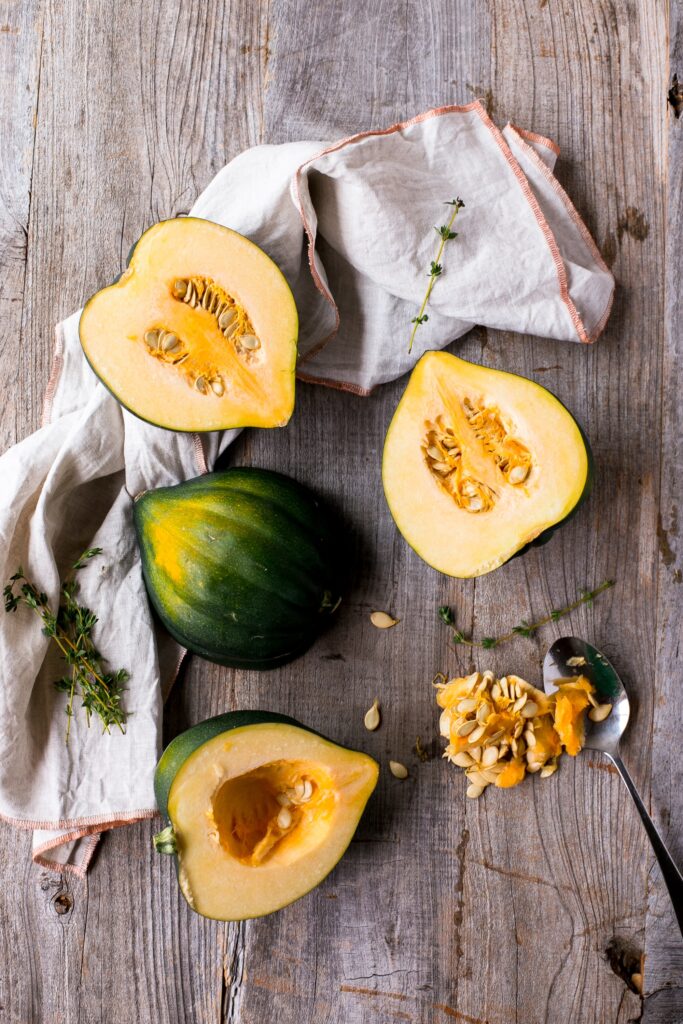
Winter squash: These varieties have thicker skins and are harvested when fully mature. They store well and are excellent for long-term use. Some common winter squash types include:
- Butternut squash: Sweet and nutty, great for soups and roasting.
- Acorn squash: Perfect for stuffing and baking.
- Spaghetti squash: When cooked, its flesh resembles spaghetti strands, making it a low-carb pasta alternative.
Choosing the right type of squash largely depends on your culinary preferences and garden space. In Dallas, both summer and winter squash can thrive, but it’s essential to consider their respective growing seasons.
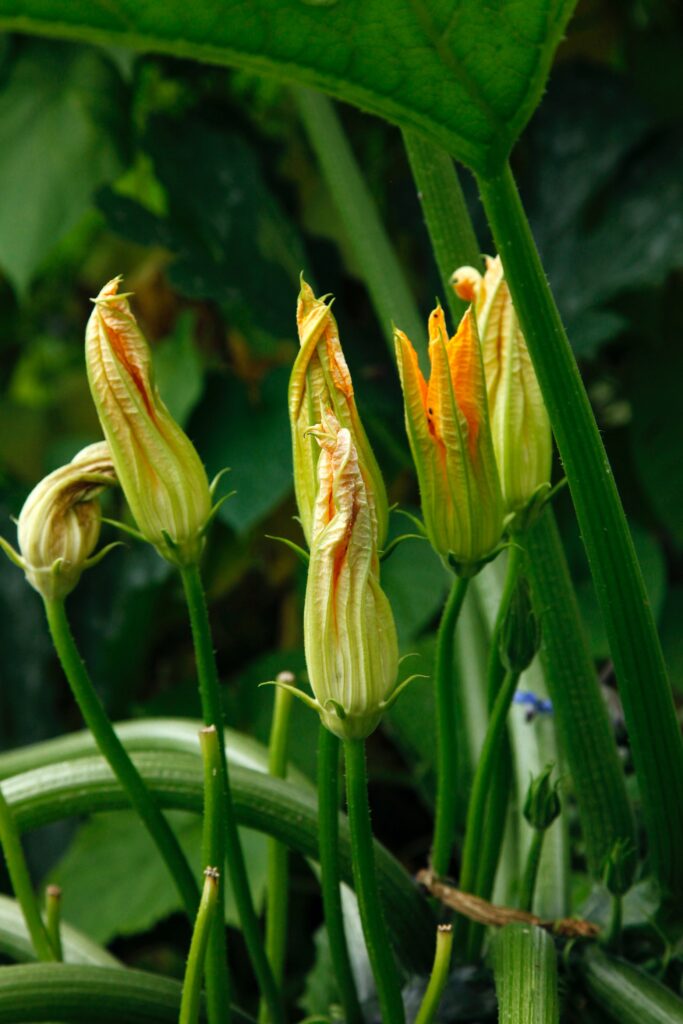
How to plant squash
Dallas has a warm and sunny climate, which is favorable for squash cultivation. However, squash is sensitive to frost, so it’s crucial to plant them at the right time. The best time to plant squash in Dallas is in the spring when the soil temperature has reached at least 60°F (15°C). Here’s how to grow squash effectively:
- Select a sunny location: Squash plants love sunlight. Choose a spot in your garden that receives at least 6-8 hours of direct sunlight each day.
- Prepare the soil: Squash prefers well-drained soil with a pH level between 6.0 and 6.8. Improve your soil with compost to improve its fertility and drainage.
- Plant seeds or transplants: You can either start squash plants from seeds indoors or purchase transplants from a nursery. If planting seeds directly in the garden, sow them 1 inch deep and 3-4 feet apart in rows.
- Watering: Water the newly planted seeds or transplants thoroughly. Maintain consistent moisture throughout the growing season to ensure healthy plant development.
- Mulch: Apply a layer of mulch around your squash plants to help retain moisture and suppress weeds.
- Support and space: Some squash varieties like zucchini can benefit from trellises or stakes to keep the fruits off the ground. Ensure that you space the plants according to their specific requirements, typically 2-4 feet apart.
How to water squash
Proper watering is essential for squash growth, especially in the hot Dallas summers. Here are some watering guidelines to ensure your squash plants thrive:
- Consistency: Keep the soil consistently moist but not waterlogged. Squash plants generally require about 1-2 inches of water per week. Adjust this based on weather conditions; during dry spells, you may need to water more frequently.
- Water at the base: Water at the base of the plants rather than overhead. Watering the leaves can lead to fungal diseases. Use a soaker hose or drip irrigation for precise watering.
- Morning watering: Water your squash plants in the morning to allow the foliage to dry before evening. This helps prevent fungal issues.
- Mulch: Mulching helps retain soil moisture, reducing the need for frequent watering. Apply a 2-3 inch layer of organic mulch around your squash plants.
The best fertilizer for squash
Squash plants are heavy feeders, and providing the right nutrients is crucial for a successful harvest. Here’s how to fertilize your squash plants:
- Initial feeding: Before planting, incorporate a balanced, slow-release fertilizer into the soil. Follow the package instructions for the recommended amount.
- Side-dressing: As the squash plants grow, side-dress them with compost or a balanced fertilizer high in potassium and phosphorus. Apply the fertilizer 3-4 weeks after planting and again when the plants start to produce fruits.
- Avoid over-fertilizing: While squash plants require nutrients, avoid over-fertilization, which can lead to excessive foliage growth at the expense of fruit production.
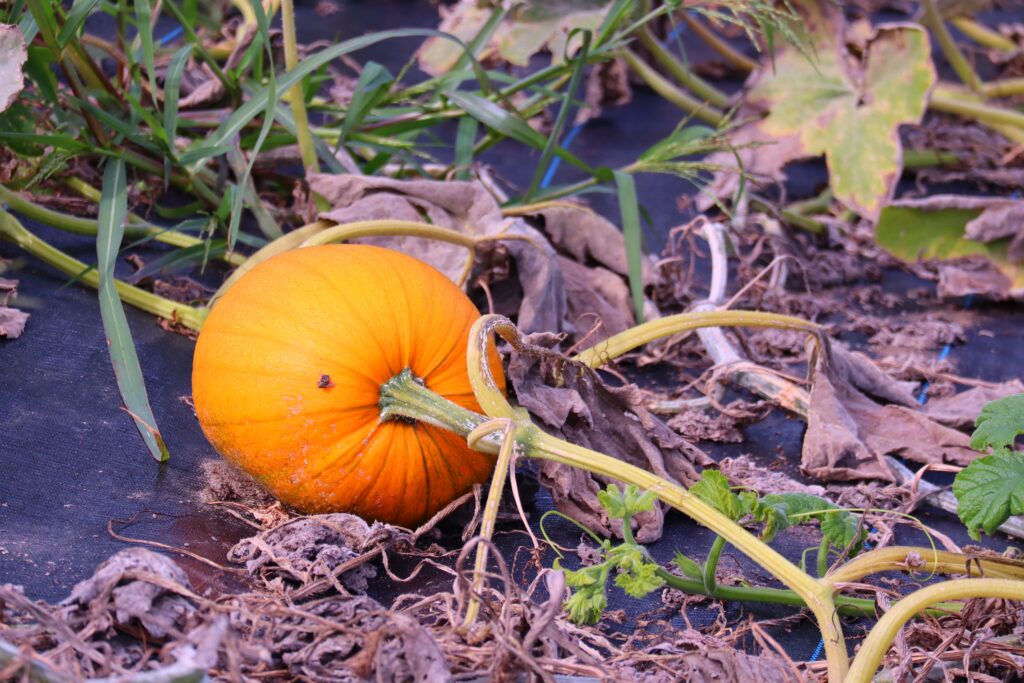
How to tell when squash is ripe
Knowing when to harvest your squash is crucial for optimal flavor and texture. The signs of ripeness vary depending on the type of squash:
- Summer squash: Harvest summer squash when they are small and tender, typically 6-8 inches in length. The skin should be glossy and easily punctured with your thumbnail.
- Winter squash: Winter squash should be harvested when they reach full maturity. The skin should be hard and cannot be easily punctured with your fingernail. The stem of the squash should be dry and woody. The color should be vibrant and uniform.
How to harvest squash
When it’s time to harvest your squash, use a sharp knife or pruning shears to cut the fruit from the vine. Be gentle to avoid damaging the plant. Leave a small portion of the stem attached to the squash; this can help prolong its shelf life. After harvesting, handle your squash with care to prevent bruising or damage.
How to store squash
Proper storage is key to prolonging the shelf life of your freshly harvested squash:
- For summer squash: Store summer squash in the refrigerator. Place them in a plastic bag or container and keep them in the vegetable crisper. Use them within a week for the best flavor and texture.
- For winter squash: Winter squash has a longer shelf life. Store them in a cool, dark place with good ventilation, such as a basement or pantry. Ensure they are not touching each other to prevent mold growth. When stored correctly, winter squash can last several months.

Recipes for squash
Now that you’ve successfully grown a vibrant crop of squash in your Dallas garden, it’s time to explore the diverse culinary possibilities these versatile vegetables offer. Squash can be incorporated into a wide range of dishes, adding flavor, texture, and nutritional value to your meals. Here are some creative ways to use your squash:
- Roasting: Roasted squash, whether it’s sweet butternut or savory acorn, is a delicious side dish. Toss cubes or slices with olive oil, herbs, and spices, and bake until they caramelize for a sweet and savory treat.
- Grilling: Summer squash and zucchini are perfect candidates for grilling. Slice them lengthwise, brush with olive oil, sprinkle with salt and pepper, and grill until they develop those enticing grill marks.
- Sautéing: Quickly sautéing squash in a pan with garlic and herbs is a simple yet delightful way to enjoy their delicate flavor. Pair them with other garden veggies for a colorful stir-fry or pasta dish.
- Stuffed squash: Hollowed-out squash halves, such as acorn or spaghetti squash, make excellent vessels for a variety of fillings. Try stuffing them with a mixture of grains, vegetables, and your choice of protein for a hearty and healthy meal.
- Squash soups: Puree your winter squash like butternut, acorn squash, or pumpkin to create creamy, comforting soups. Add spices like cinnamon, nutmeg, or curry for extra depth of flavor.
- Baking: Incorporate squash into baked goods like muffins, bread, or pies. Pumpkin and butternut squash are commonly used in desserts and can impart a delightful natural sweetness and moisture.
- Squash noodles: Use a spiralizer to transform zucchini or spaghetti squash into low-carb noodles. Top them with your favorite sauce for a healthier twist on pasta dishes.
- Pickling: If you have an abundance of summer squash, consider pickling them. Homemade pickled squash can be a crunchy and tangy addition to salads and sandwiches.
- Freezing for later: Preserve your excess squash by blanching and freezing it. You can use frozen squash in various recipes throughout the year, ensuring none of your harvest goes to waste.
- Squash blossoms: Don’t forget about the delicate and edible blossoms of squash plants. These can be stuffed, battered, and fried for a gourmet treat.
Learning how to grow squash in your Dallas home garden can be a rewarding experience. With the right care and attention to detail, you can enjoy a bountiful harvest of delicious, nutritious squash varieties. Soon enough, you’ll be savoring the fruits of your labor in your favorite squash recipes. We hope you enjoyed our guide on how to grow squash – happy gardening!
Get a FREE, no-obligation quote – Chat to our cash property buyers in Dallas!
Need to sell your home? There’s no need to stage your home or host an open home! You can sell directly to the best Dallas cash property buyers! What’s more, you can also ask us for a FREE no-obligation quote to see how we measure up. As reputable cash real estate buyers, we price your home according to the market, so you get a fair deal in record time, making it a simple and stress-free process to sell your home. And we can even help you get out of foreclosure quickly!
It’s the perfect option if you want to sell a home as is without having to look for a buyer, deal with a real estate agent and pay their commission, do home repairs, or even empty the home. It is also a quick and easy way to sell an inherited home or to sell a distressed property, especially if you live out of state.
So, how do you how to sell your home to our Dallas cash property buyers?
Here’s how our process works at Shiny Key Properties
- You enter your information on our website. We’ll contact you directly to discuss an offer for your home (you can also get a free home evaluation from our website)
- You can accept or reject the FREE NO-OBLIGATION offer
- Cash will be deposited into your bank account – with no real estate agent fees or realtor fees
- We can handle all aspects of the process, including clearing out the home
- You can also call us directly on 469-858-0088
That’s all there is to it!
Our team at Shiny Keys Property is compassionate and highly motivated to offer you the best possible market-related price for your home, so you can sell your home quickly and easily. Not only does this cash go straight into your bank account as soon as the sale goes through, but you also pay no real estate agent fees or commission. It’s the best way to sell your home as is, and it makes our Dallas cash property buyers the best buyer for your property.

